Cocoa butter and shea butter are both beloved moisturizers that offer many benefits when it comes to hair and skin care. Although both kinds of butters are naturally derived from a plant, shea butter is extracted from shea nuts native to Central Africa, while cocoa butter comes from cacao beans, with origins in the Amazon.
But both shea and cocoa butters both contain fatty acids that help skin retain moisture. They also provide rapid relief for itchy, dry skin. While they have similarities, each butter has its own set of advantages that are worth considering.
In this article we’ll compare shea butter vs. cocoa butter and highlight the similarities and differences between each of these incredible natural skin moisturizers. We’ve also included a chart covering shea butter compared to cocoa butter in each major category covered below.
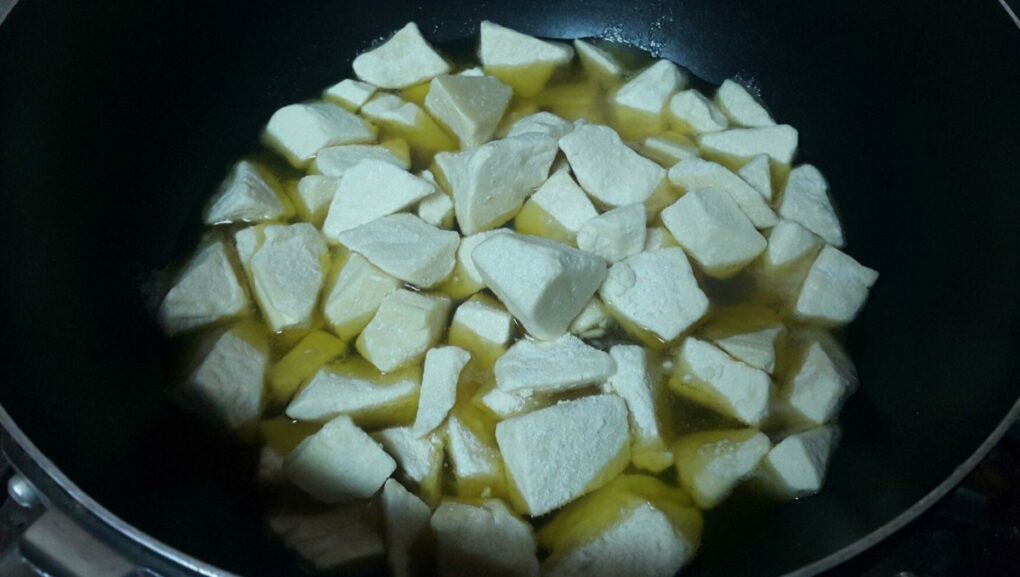
Jump To
What is Cocoa Butter?
Cocoa butter comes from the Theobroma cacao L tree (cacao tree) native to the Amazon. The process of extracting it begins the same as the chocolate making process. Cacao beans are harvested, fermented, roasted, and ground into a paste.
Cacao paste is then pressed to separate the fat from the solid, the remainder of which is ground into a fine powder, better known as cocoa powder. The remaining cocoa butter is either left semi-processed for food grade cocoa butter or processed, heated, and typically sold to the cosmetics industry.
This is because cocoa butter is a highly valued ingredient in the skincare market, but I’ll talk about this more later on. Also called cacao butter, this plant-derived fat contains the particular flavor and scent of cocoa beans because it is indeed the fat of the cacao bean.
This vegan lipid is a plant-based source of both saturated and unsaturated fats, including oleic acid, palmitic acid, and stearic acid. Cocoa butter is both delicious and complex, though the flavor is light. It has a distinct smell reminiscent of chocolate, with a firm texture that doesn’t melt at room temperature.
The butter even contains antioxidants such as vitamin E, which helps improve skin suppleness and minimize the appearance of fine lines and wrinkles. It's also high in good fats like oleic acid and stearic acid, and contains anti-inflammatory effects that can help reduce skin inflammation and redness.
You can enjoy this pure stable plant fat in chocolate candy bars or put it on your skin. It’s a base component in chocolates, but it’s also a common ingredient in emulsifying body lotions, hair and skin creams, and facial moisturizers.
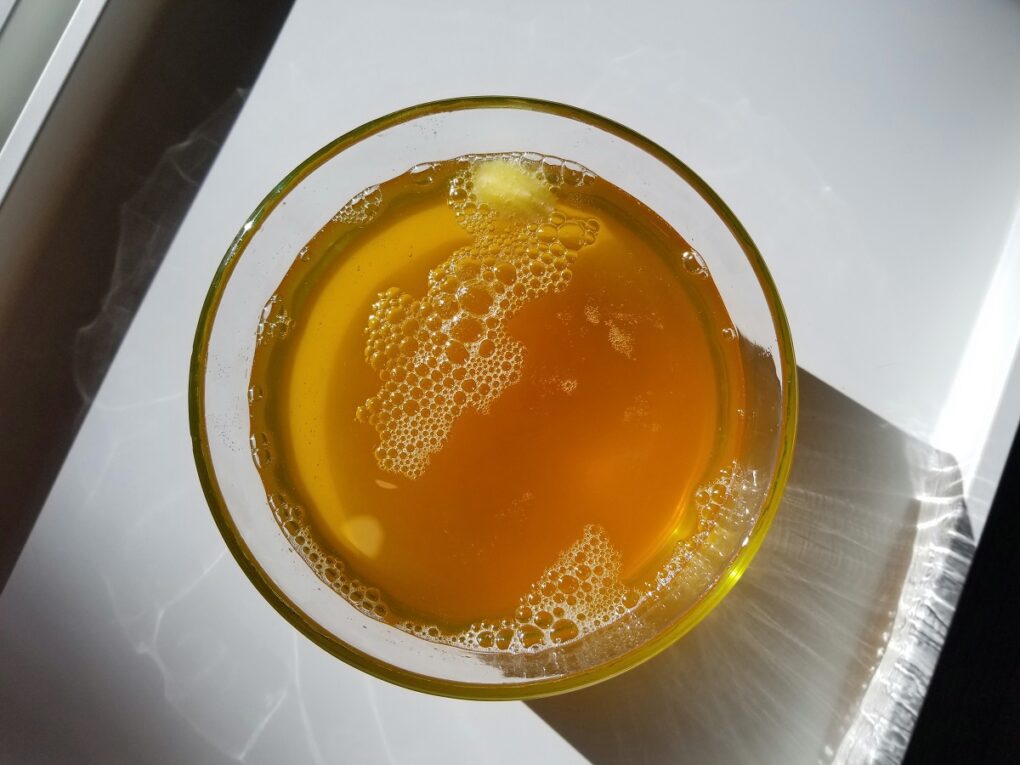
What is Shea Butter?
Shea butter is a vegetable oil obtained from the kernels of the Vitellaria paradoxa tree (shea tree) native to sub-Saharan Africa. Known as women’s gold in Africa, it’s a valuable source of income for many women in the country.
Traditionally, the shea nut is separated from the fallen fruit, which is then roasted and ground into fine powder. It’s mixed with water to form a paste before boiling and allowing the butter to rise to the surface.
The butter is then filtered to remove and further processed until clean before it’s left to cool and solidify. After refining, traditionally prepared shea butter is tasteless and odorless.
Unrefined shea butter is extracted from the kernel by either thermal or cold pressing in a manner that doesn’t change the character of the fat. The butter is commonly consumed unrefined in Africa when it’s harvested locally.
But for the rest of the world, it comes in its refined state to remove contaminants and impurities, making it suitable for culinary, baking, and cosmetic applications. Shea butter has a firm texture with a slightly smoky flavor and distinctly nutty aroma.
Its soft texture and spreadable consistency make it ideal for cosmetics, though it can theoretically also be eaten. However, it is not typically sold in food-grade form, so using it may result in a different flavor in your recipe.
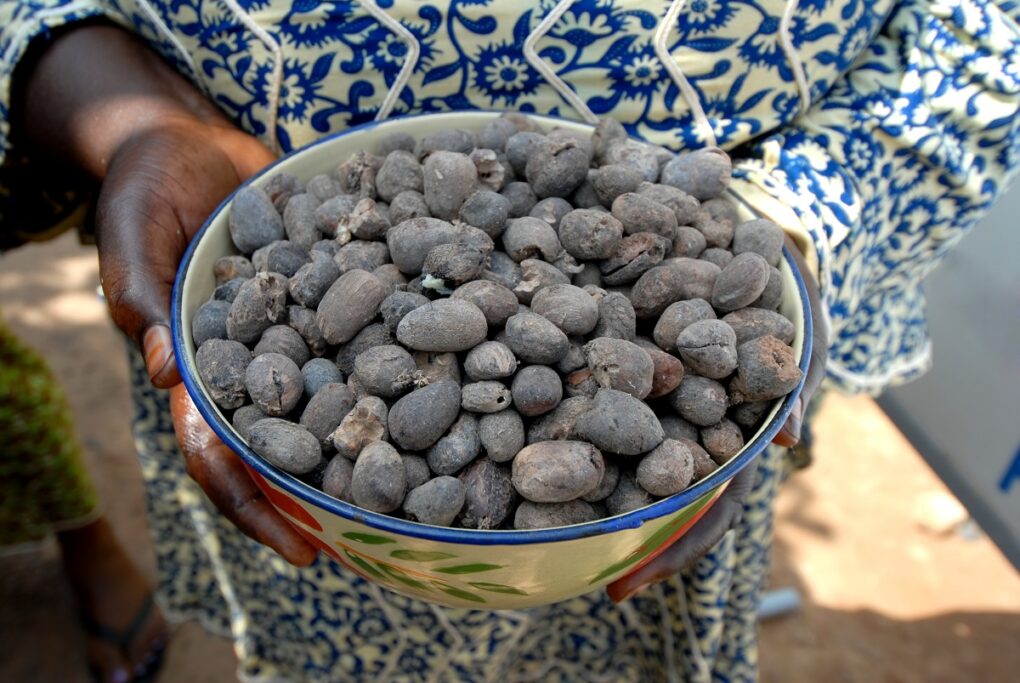
For these reasons, shea butter is best-known for its nutrient profile boasting numerous hair and skin advantages, emollient characteristics, and application in hair and skin care products. It contains high quantities of vitamins A, E, and F, which contribute to its antioxidant and anti-inflammatory effects.
Stretch marks and other skin imperfections are also reportedly improved by shea butter. Refined shea butter has a higher percentage of unsaponifiable compounds than most vegetable oils and a high level of stearic and oleic acid.
According to research, these compounds have exceptional soothing properties that are ideal for nurturing very dry or damaged skin and lips. The oil's main fatty acid contents are palmitic acid, stearic acid, oleic acid, and linoleic acid, similar to cocoa butter.
These make it a versatile component that can be used to manage a wide range of issues and symptoms. Shea butter's therapeutic nature makes it beneficial for restoring the skin's barrier, providing relief to people suffering from dry skin, eczema, and other disorders.
It's no surprise that shea butter is present in so many different products, from skin to hair care. Shea butter is used in the production of lotions and creams to restore dry skin. More than that, it can be used to condition dry hair and keep it healthy and shiny.
Shea butter’s moisturizing properties can also be found in cosmetics.
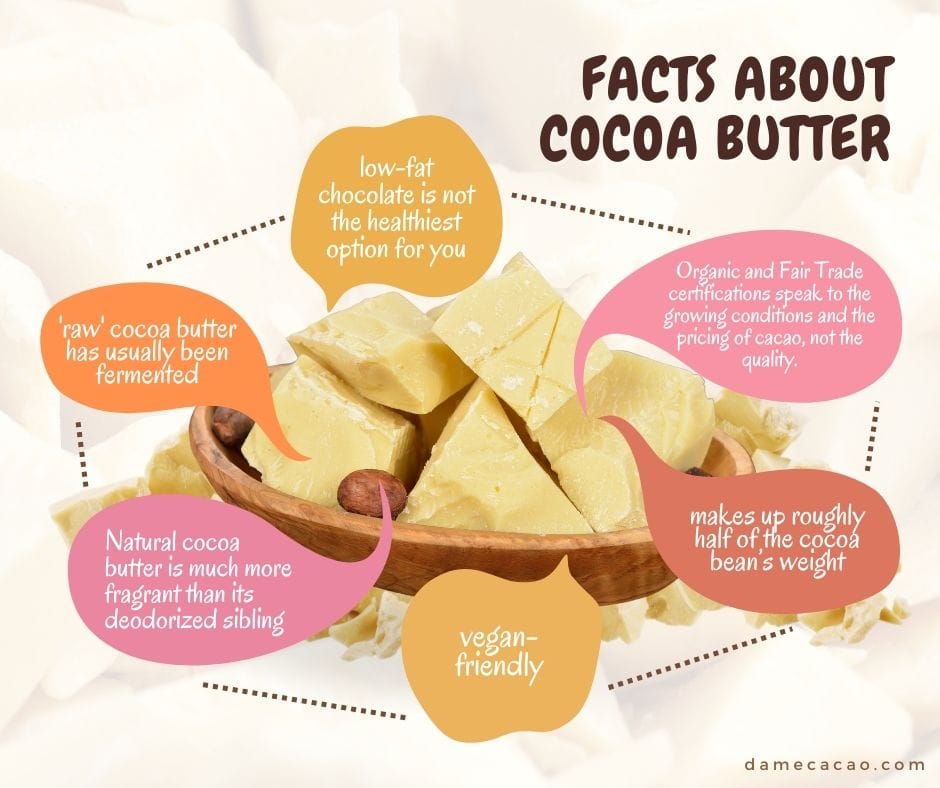
Shea Butter vs. Cocoa Butter (Main Differences)
Shea butter and cocoa butter are both natural fats found in skin and hair care products. While they share some similarities, they also differ significantly in terms of composition and effects on the body.
Cocoa butter is derived from cocoa beans while shea butter is derived from the nuts of the shea tree. The former is mostly composed of saturated and unsaturated fatty acids such as oleic acid, stearic acid, and palmitic acid, while the latter contains both saturated and unsaturated fatty acids such as oleic acid, stearic acid, and linoleic acid.
Cocoa butter has a smooth, creamy texture and can either be brownish or light yellow in color color while shea butter has a richer, creamier texture and is often ivory, white, or beige. Although shea butter is rich and luxurious, it is actually noticeably lightweight on the skin.
Both butters contain palmitic acid, which is excellent for softening and delivering a supple texture to the skin, and preventing moisture from escaping. Shea butter, however, includes more fatty acids, vitamin E, and, unlike cocoa butter, vitamin A.
Another distinction is their fragrance. Shea butter compared to cocoa butter has a light nutty scent with no distinct flavor, but cocoa butter has a mild chocolatey aroma.
A study published in the Journal of Cosmetic Dermatology in 2009 found that cocoa butter has a natural SPF of around 5.7. Shea butter on the other hand has a natural SPF of about 3-4 or 6-10, but this is still too low to protect the skin from the sun's harmful rays.
The American Academy of Dermatology recommends an SPF of 30 or higher for daily sun protection. The table below shows a simplified version of the differences and similarities between cocoa butter and shea butter.
| Cocoa Butter | Shea Butter | |
| Plant Species | Theobroma Cacao L | Vitellaria paradoxa |
| Aroma | Chocolatey, Prominent smell | Nutty, Mild scent |
| Fatty acid profile | oleic acid, palmitic acid, stearic acid | stearic acid, linoleic acid, arachidic acid, palmitic acid |
| Moisturizing Property | Occlusive that acts as a barrier for skin protecting it from future damage | Emollient that softens and hydrates skin, helps heal damaged skin |
| Nutrients | Polyphenols help prevent damage to the skin as well as premature aging | Vitamin A, Vitamin E, Vitamin F, and phenols high in antioxidants; help to improve skin’s texture and appearance |
| SPF | 5.7 | Natural SPF between 3-10 |
| Color | Yellow, Light Brown | Yellow, White, Ivory |
| Comedogenic | Very comedogenic (pore-clogging) | Mildly comedogenic |
| Skin type | Dry, Aging | Extremely Dry, Sensitive |
| Shelf-life | Very shelf-stable, 2-5 years for some brands | 2 years with proper storage |
Benefits of Shea Butter vs. Cacao Butter
Cocoa butter and shea butter are extremely hydrating for both hair and skin. While both kinds of butter have amazing moisturizing properties, the antioxidant and anti-inflammatory properties in cocoa butter make it a great choice for helping treat various skin diseases.
Aside from healing wounds, cocoa butter also protects against future tissue damage and is known to prevent premature skin aging. This is because cocoa butter contains abundant antioxidants, and these build elasticity in the skin and help fight off the free radicals that cause premature aging.
Aside from hydrating and protecting the skin, it’s the butter of choice for aromatherapy and massages. Its distinct chocolate aroma can both be relaxing, comforting, and deeply moisturizing.
However in the battle between cocoa butter vs. shea butter, extra dry skin will immensely benefit from shea butter’s large number of fatty acids and vitamins. It deeply nourishes the skin and improves common dry spots in the elbows and knees.
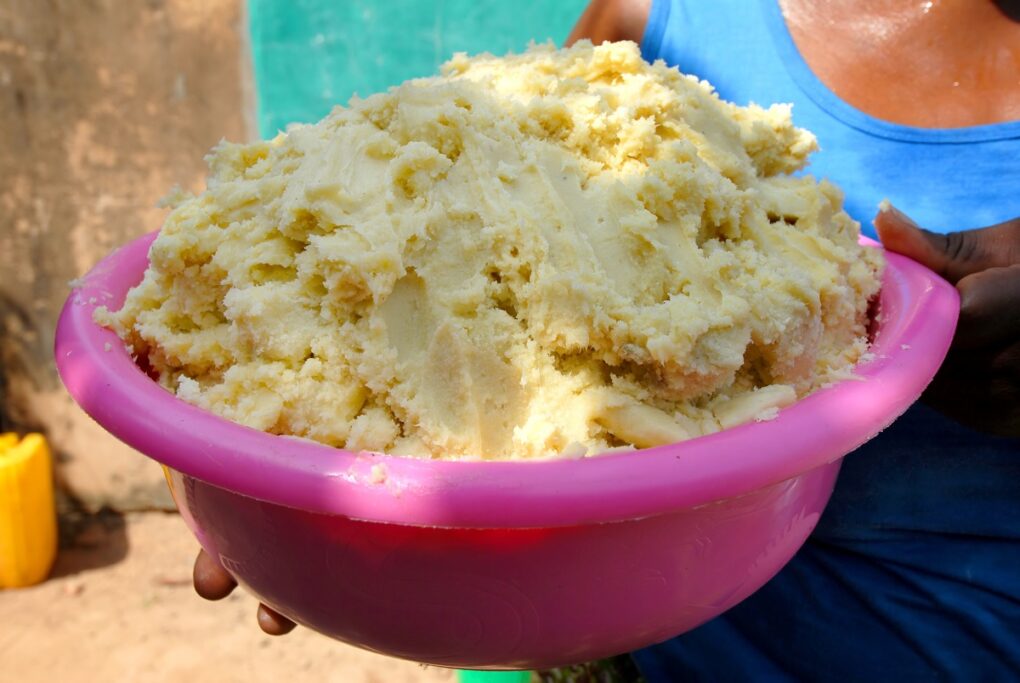
Shea butter has a richer, creamier texture that is great for dry, rough skin. Its anti-inflammatory properties are stronger than those of cocoa butter in that it can help to more effectively soothe inflamed skin.
Using products that naturally contain hyaluronic acid, such as shea butter, can help minimize hyperpigmentation and dark spots. It works by moisturizing the skin and decreasing irritation. When it comes to eczema, shea butter may be better than cocoa butter and other oils, according to this study.
It may also be a good treatment for keloids. As for stretch marks, there’s no particular study that was successful in determining that either of the two kinds of butter is useful in managing or removing them; you’re much better off using Centella Asiatica.
If your skin is prone to acne and other blemishes, this is where you may want to choose shea butter over cocoa butter, which may clog your pores more. Shea butter and cocoa butter are both used to hydrate and nourish the hair in hair care products.
This is again where the two differ; cocoa butter is known to improve hair texture and gloss while shea butter is widely used in hair care products to nourish and strengthen the hair and is very good for dry, brittle hair since it restores hydration and prevents breakage.

Cocoa Butter vs. Shea Butter FAQ
Which butter is best for the skin?
Both shea butter and cocoa butter are good for the skin, but for slightly different uses.
Shea butter is frequently used in skin-soothing and healing treatments, such as after-sun lotions and diaper creams, because it has anti-inflammatory properties and can be beneficial for conditions like eczema and psoriasis.
However cocoa butter is frequently used in anti-aging and skin-repairing treatments because it boasts antioxidants that may improve skin suppleness and help decrease the appearance of fine lines & wrinkles.
Which is better for lips, cocoa butter or shea butter?
Shea butter is a common active ingredient in lotions, creams, and lip balms. While both cocoa butter and shea butter are deeply hydrating, shea butter is more easily absorbed by the lips, providing a lightweight texture that doesn’t feel greasy.
It also provides better sun protection, making it the better choice for the lips. It may even heal chapped and dry lips quickly, by providing them with extra nutrients.
Which is better to remove scars, shea butter or cocoa butter?
A scar's appearance may improve slightly if you apply cocoa butter on a daily basis, though shea butter stops keloid formation while encouraging healthy cell growth.
While cocoa butter will only act as a moisturizer to keep skin soft and prevent scars from drying out, shea butter offers moisturizing and healing properties that will minimize scarring.
Is shea butter better than cocoa butter for natural hair?
Shea butter is a common ingredient in hair care products because it’s absorbed well by the hair and scalp, and is excellent for hydration.
It penetrates the hair shaft and scalp effortlessly, providing efficient conditioning, better than cocoa butter which may clog the pores in your scalp, preventing natural oils from being released and causing irritation.
Can you eat shea butter?
The short answer is yes. Shea butter is safe to consume and may be used to boost the nutrient profile of various recipes, but it’s generally not eaten. But if needed for a recipe choose unrefined, raw shea butter in culinary or baking applications to ensure that the butter hasn’t been treated with any unwanted chemicals.













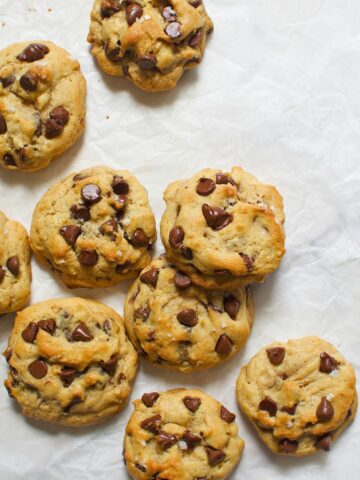

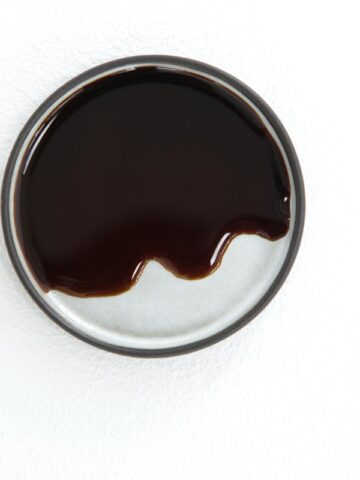
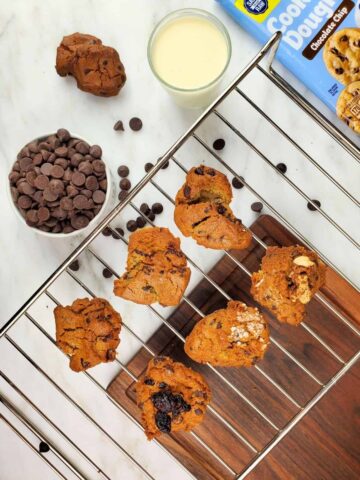
Laura
Great information. Thank you
Max
My pleasure, Laura!